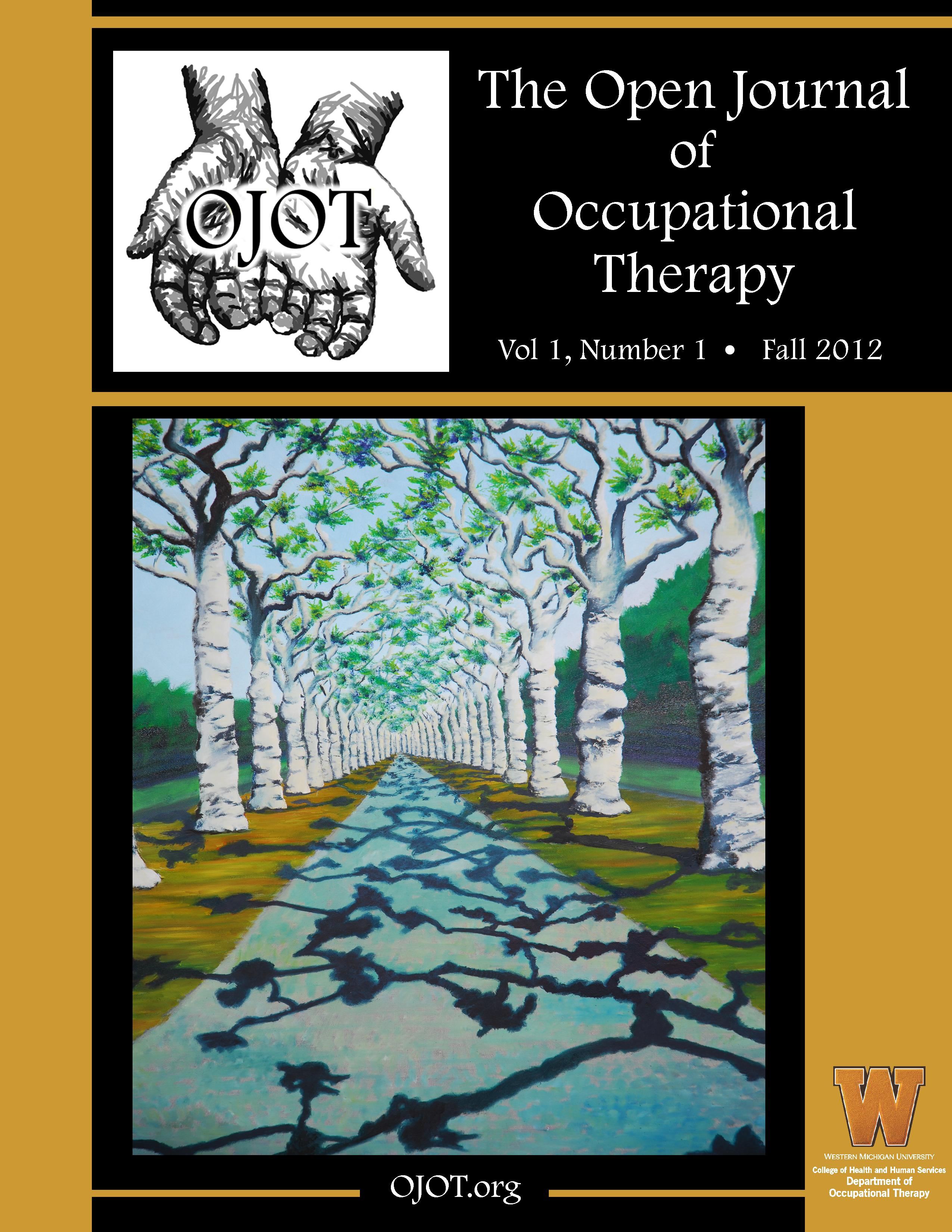ScholarWorks > HHS > OT > OJOT > Vol. 7 > Iss. 3 (2019)
Credentials Display
Risa Takashima, PhD, OTRKazuko Saeki, PhD, PHN
Abstract
Background: This study aims to consider the internal structures of the professional identities that occupational therapists construct in clinical settings and to explore the differences of practices resulting from these structures.
Methods: In completion of this study, a qualitative methodology based on a grounded theory approach was employed. Semi-structured, individual interviews were conducted with 30 practicing occupational therapists in Japan. First, the internal structures in the participants’ professional identities were identified and typified. Second, the participants’ actions in their practices were analyzed.
Results: We identified three types of internal structures of professional identities. One type focused on their knowledge and skills, whereas the second type placed more emphasis on empathizing with their clients. The third type showed flexibility, and therapists with this internal structure switched between various approaches, depending on situations. The internal structures that influenced therapists’ practices were informed by six properties.
Conclusion: Three types of professional identities and six properties were identified in the study. Of the three types of professional identities, the therapies of those whose typology was consistent with flexibility are expected to be the most beneficial for clients.
Recommended Citation
Takashima, R., & Saeki, K. (2019). Practical Actions Shaped by the Internal Structures of Occupational Therapists’ Professional Identities. The Open Journal of Occupational Therapy, 7(3), 1-16. https://doi.org/10.15453/2168-6408.1567



Comments
Funding/ support statement: No financial or material support of any kind was received for the work described in this article.
Conflicts of interest statement: The authors have no conflict of interest relevant to this article.